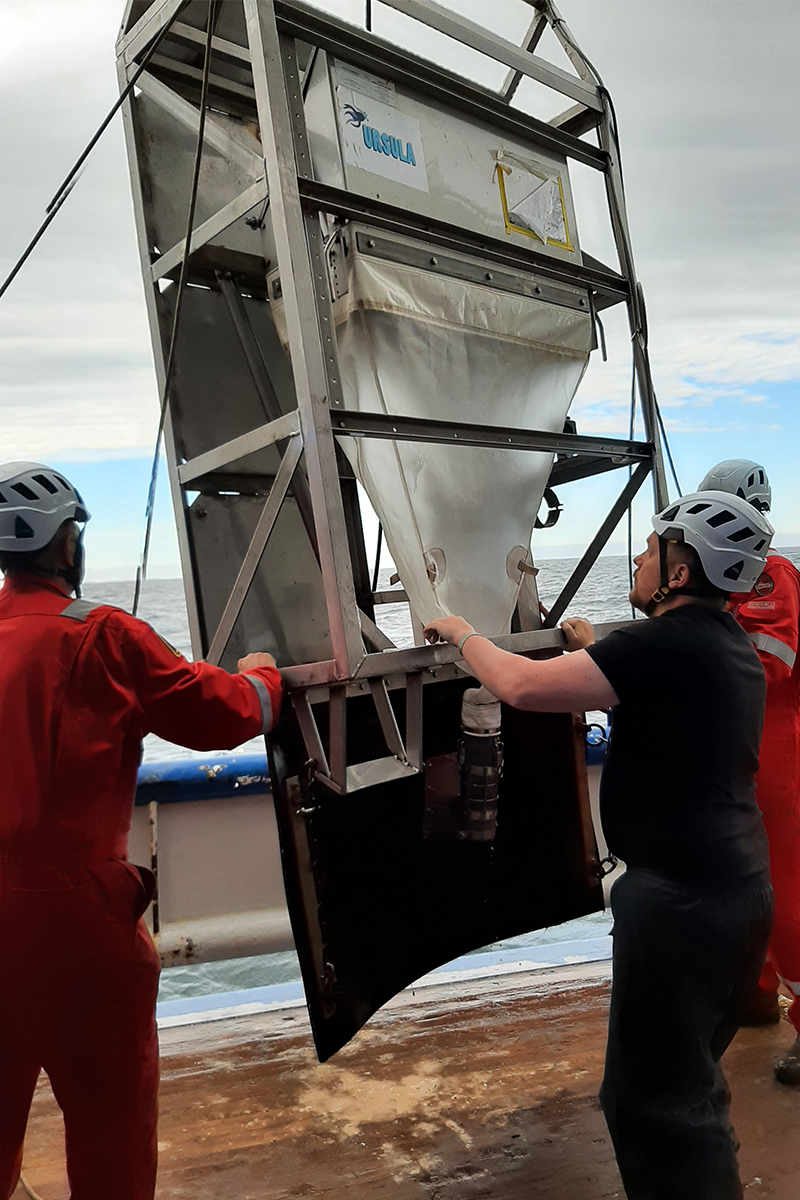During our multidisciplinary RV Pelagia expedition to hydrothermal vents near Iceland we aim to study (1) the ecological connectivity at vent field scale, including distribution of vent faunae and their adaptations to extreme environmental conditions, (2) the role of archaeal symbionts on host evolution and ecology, as well as nutrient cycling (3) paleoenvironmental records, and (4) aid in establishing a potential Icelandic long-term monitoring site. To make videos and to take biological samples at hydrothermal vents, we will use the remotely operated vehicle (ROV) Phoca (GEOMAR). In addition, we will collect water and sediment samples in the vent surrounding areas and at the monitoring site by CTD and box-cores. To study paleoenvironmental conditions in the Arctic, we will use piston-cores.
With our projects we aim to understand the response and adaption to extremes that will help us to predict resilience and biodiversity in our changing oceans.
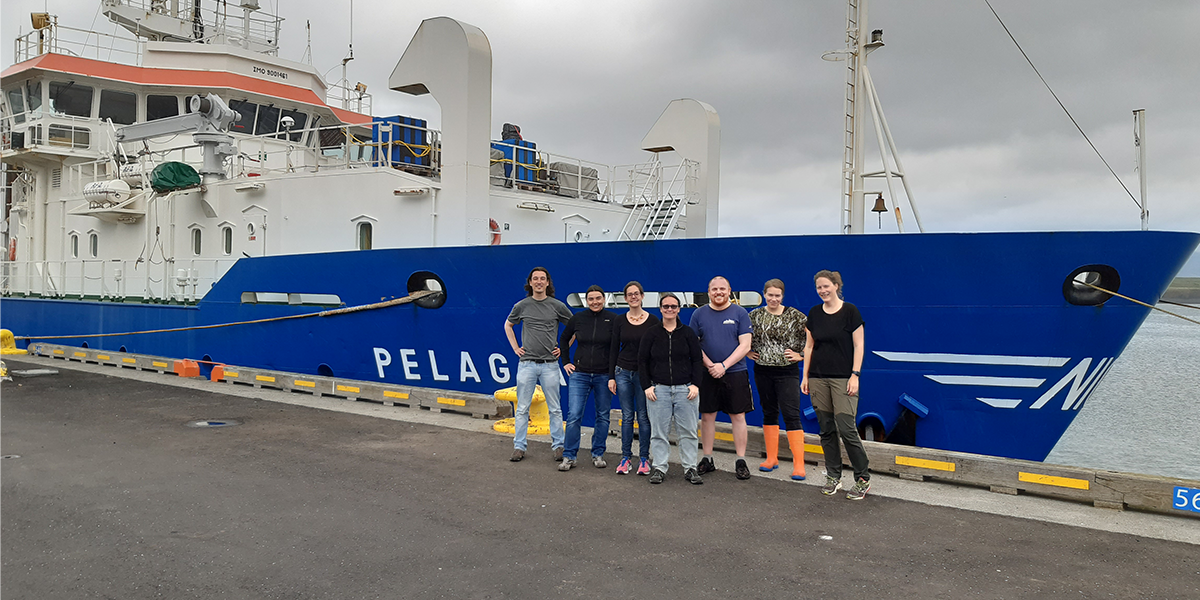
30. June 2021
After 10 days of quarantine and three PCR tests we are boarding Pelagia in Reykavik, Iceland! We started unpacking all our scientific equipment and are looking forward to work together with the Phoca ROV team from GEOMAR and with the crew from RV Pelagia. On our flight to Iceland we already had a first-row view on the volcanoes on Iceland, and we are looking forward to explore the underwater volcanos during our IceAGE_KR expedition!
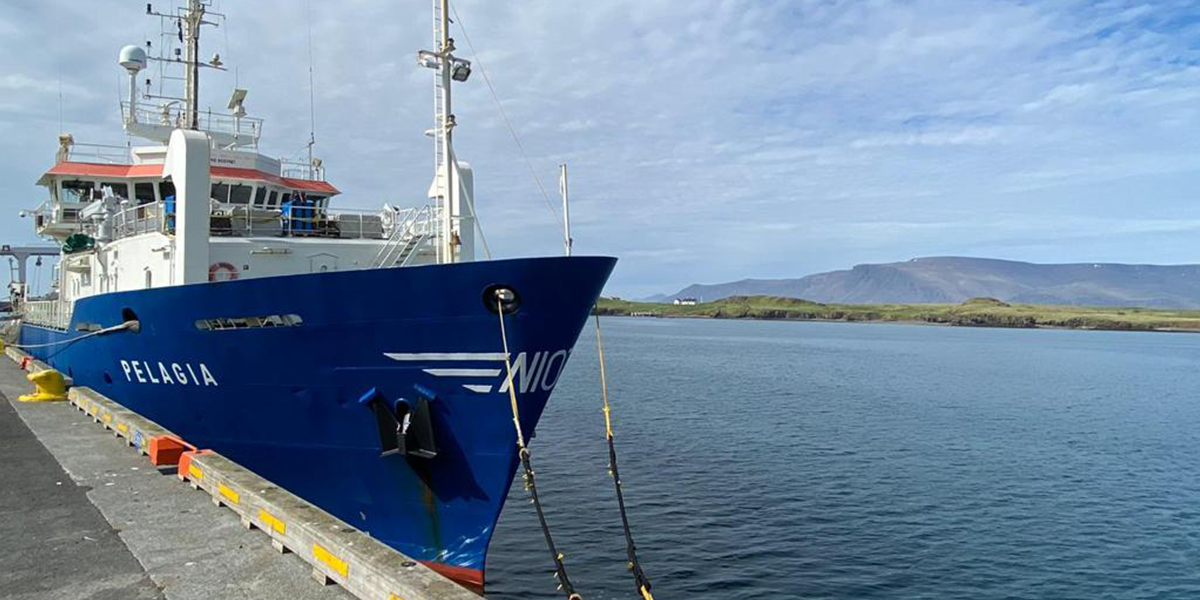
6. July 2021
On the first of July we spent our first night on board of the Pelagia. The day after we prepared everything to leave for the Kolbeinsey vent field. This meant unpacking boxes, preparing high-tech sampling devices and the team from the GEOMAR put the Phoca ROV into the water for the first time.
All went well and after lunch we were ready to leave the harbor and are exited for the first dives once we arrived at our sampling sites. On transit we could enjoy the stunning coast of Iceland while encountering almost no waves, a rare exception for this region.
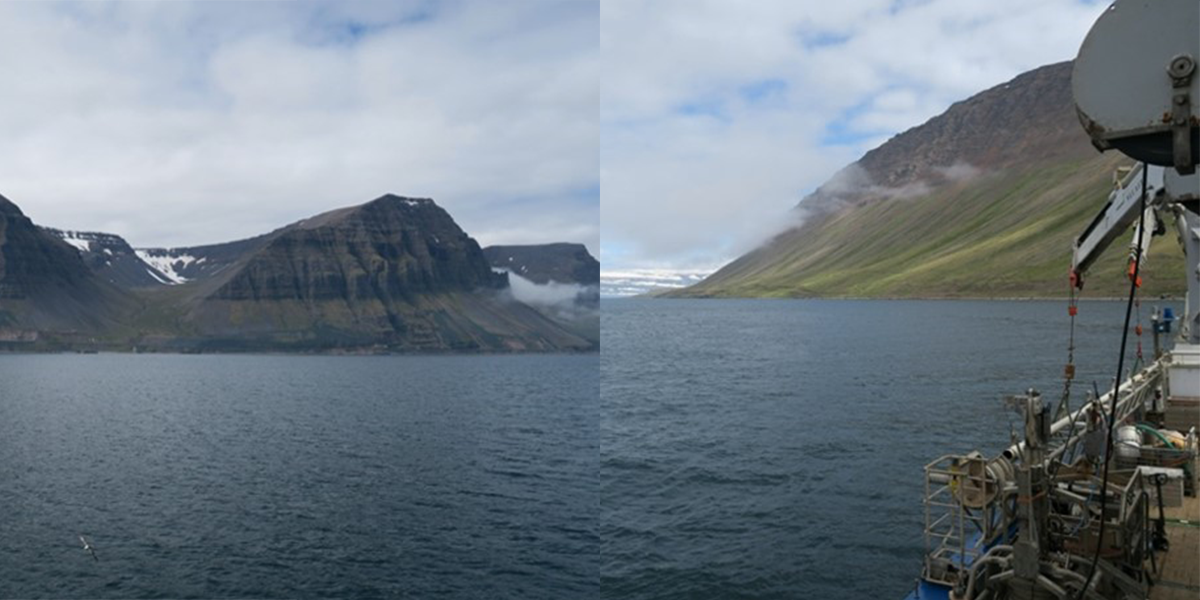
Once we arrived the next morning, we first took some water samples using a CTD (electronic instruments that measure conductivity, temperature and depth while taking water samples) under the watchful eyes of our chief scientist Sabine Gollner.
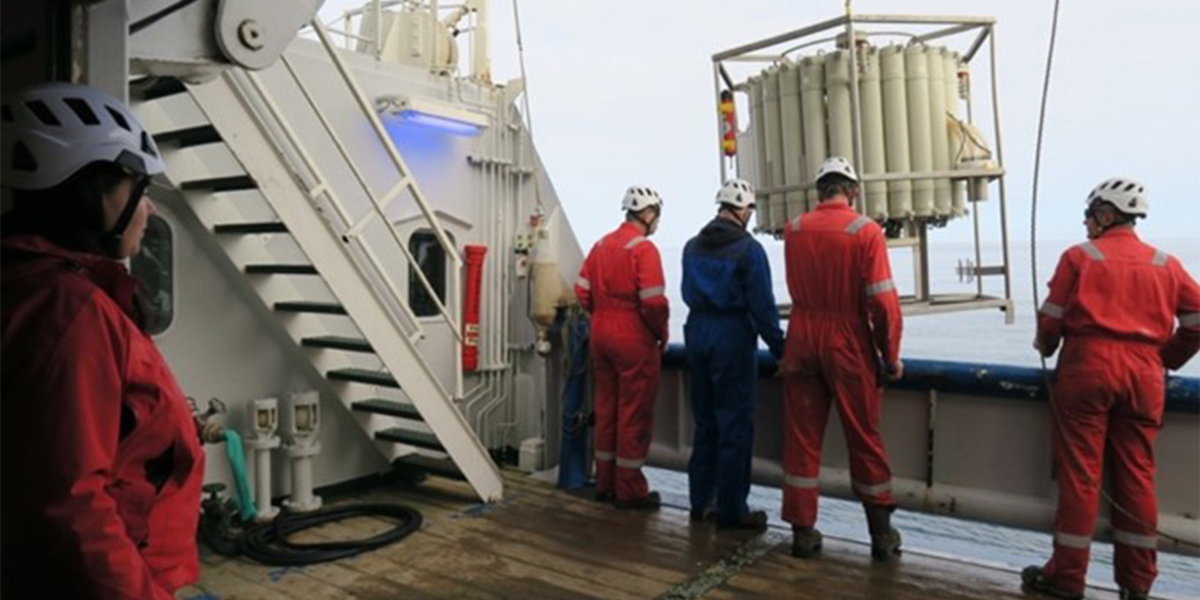
Afterwards the Phoca ROV could take its real dive to explore the Kolbeinsey vent field. The goal of this first dive was to find the active venting site and explore the surrounding area. We quickly found a location with shimmering water, characteristic for a higher temperature. Indeed after measuring the sediment, we could detect temperatures of up to 160C! Around this site we found bacterial mats and a lot of fauna, including sponges and anemones.
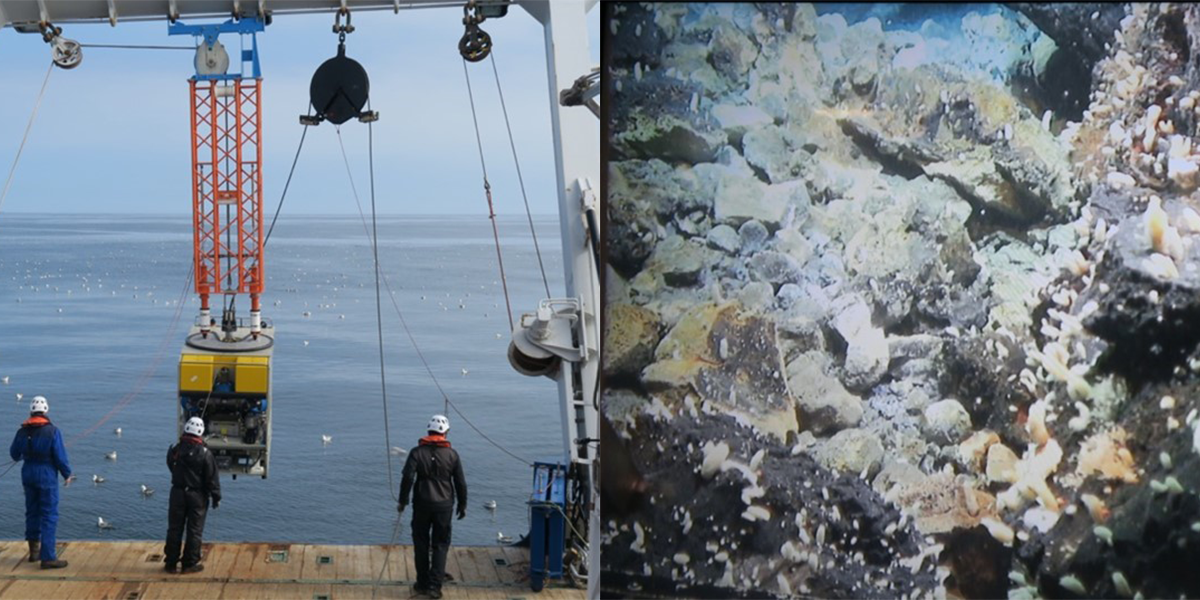
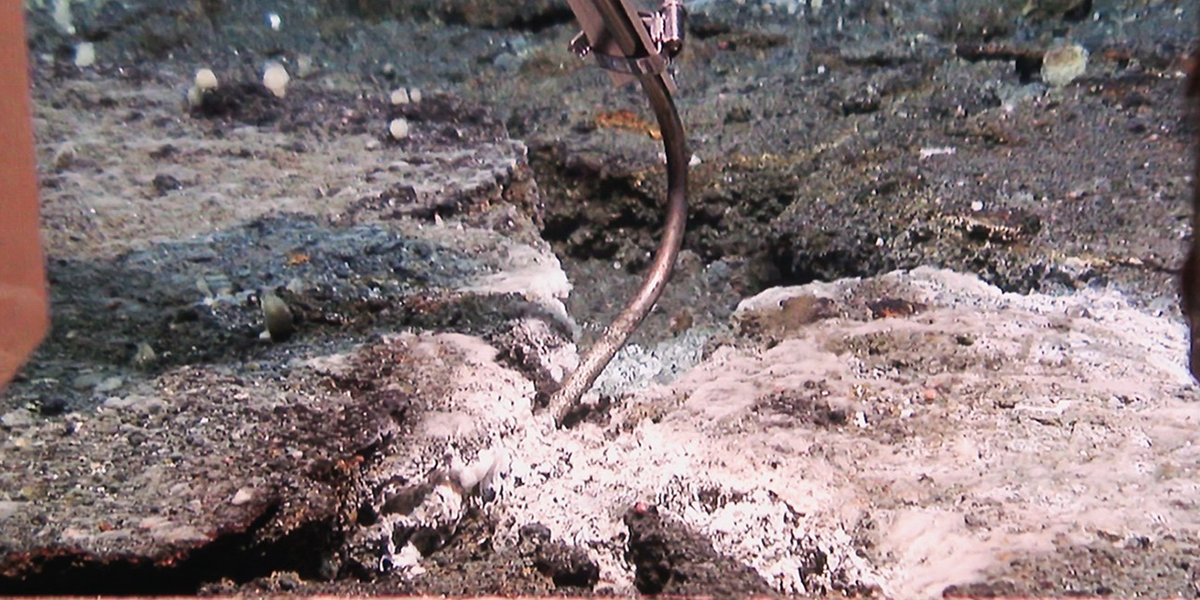
12. July 2021
Archaea are a main division of life, next to the Bacteria and Eukaryotes, and were not intensely studied until the 1990s. However, thanks to sequencing technologies that allow to sequence DNA directly from the environment we gained more insights into these unique organisms in recent years. This technique allowed to identify previously unknown organisms that include, among others, the DPANN archaea (and acronym for the initial members of this superphylum). The first member of this group was only cultivated in the lab in 2002 and originated from sediment samples from the Kolbeinsey vent field (one of the sampling locations of this cruise). The archaeum was named Nanoarchaeum equitans. This organism is very unique as it has an extremely small genome and cannot even synthesize its own lipids that are required to make its cell membrane. Therefore, to grow and proliferate it needs to be in contact with a host, another archaeum, named Ignicoccus hospitals, that provides nutrients and metabolites.
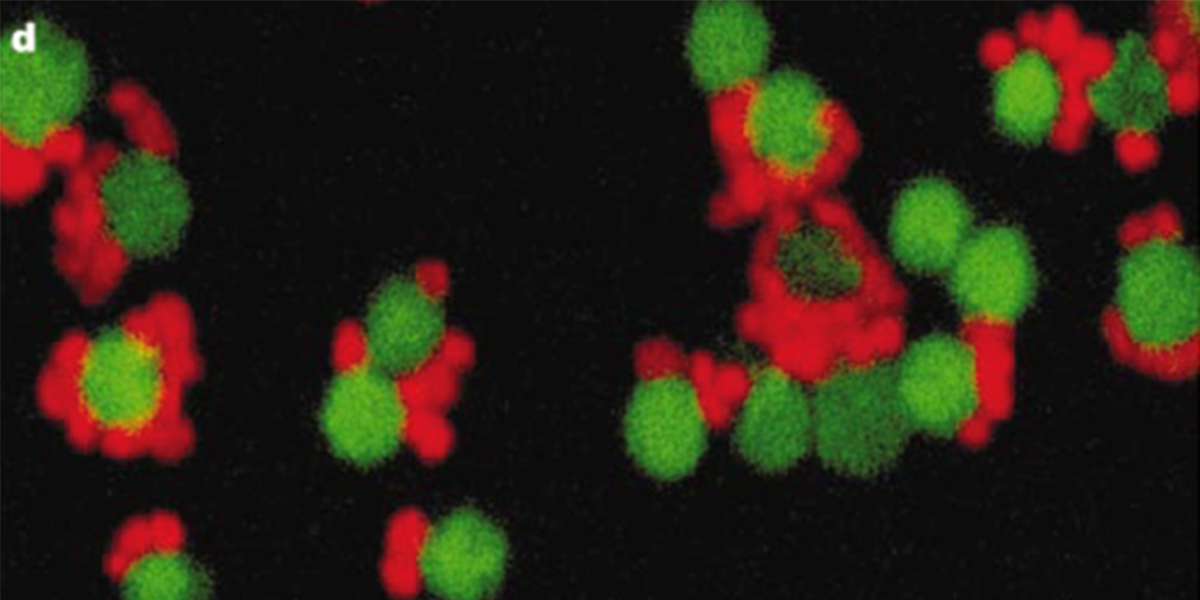
We know very little about these unique organisms and we aim to (a) investigate if there are different types of hosts that interact with Nanoarchaeum and whether there are differences in how these organisms interact, (b) visualize how the cells interact and exchange nutrients and (c) reconstruct the ancestral genome of Nanoarchaeum to address whether these genomes were always small or whether they lost genes over time.
In order to do this I am collecting fresh sediment samples during this cruise to be able to:
- Isolate new DPANN archaea with their hosts
- Sample DNA to study the community diversity at different venting sites and the vent periphery
- Prepare samples for microscopy to visualize potential interaction partners
A unique feature of Nanoarchaeum and Ignicoccus is that they grow under extreme environmental conditions: we have to grow them at ~90C , with a lot of sulfur and under anoxic conditions; exactly the conditions we hope to find at Kolbeinsey vent. To collect our samples we dive down to 100 - 400 m depth with the Phoca ROV to find venting systems and white bacterial mats on the sediment surface. These mats are usually good indicators of thermal activity. Once we find such structures we put a temperature sensor into the sediment and check whether we detect a high enough temperature suitable to support Nanoarchaeum and Ignicoccus.
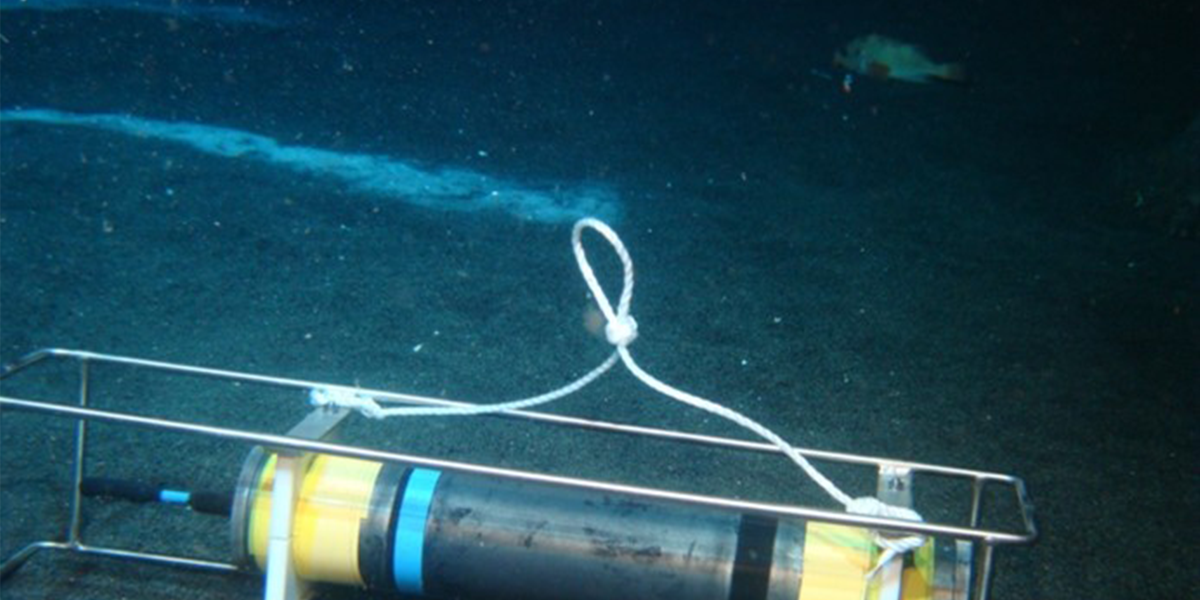
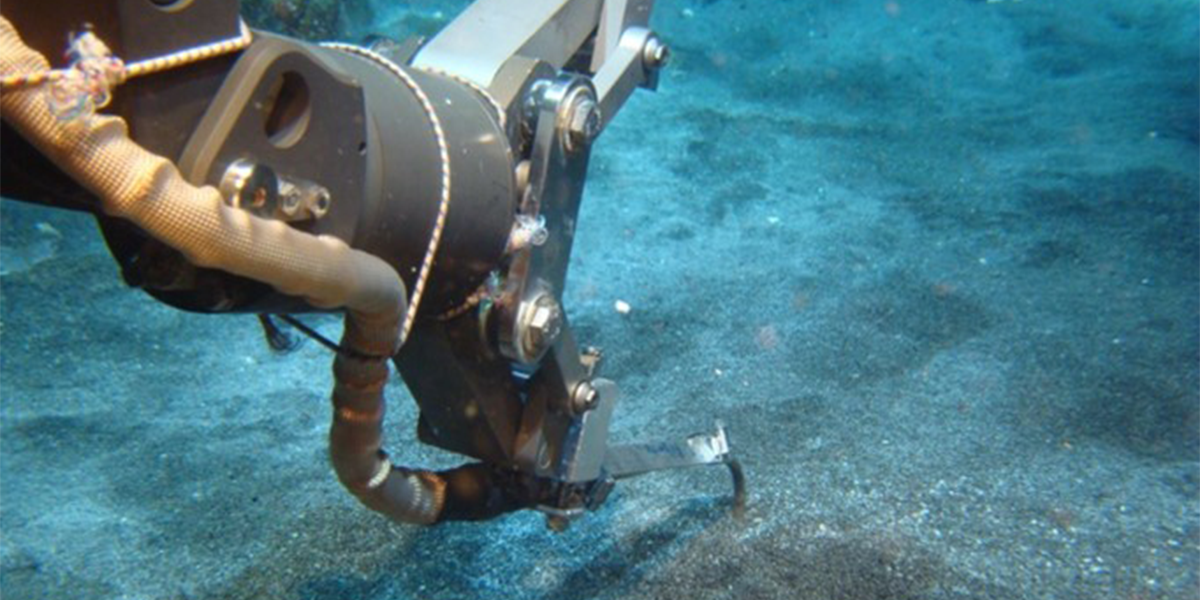
During the Phoca dives we were extremely lucky to find many venting sites with bacterial mats. In order to collect these mats we use a mesh to pick up the sediment and bring it on board. If we take the samples into the lab and take a deep breath and smell rotten eggs: perfect! Such a smell indicates that there is sulfur in these sediments, suggesting that we have anoxic conditions. Another good indicator that we have the perfect conditions that our organisms like. Back at NIOZ we than have a lot of work ahead of us to establish new cultures in the lab that hopefully will tell us more about these enigmatic organisms in the future.
Written by Nina Dombrowski
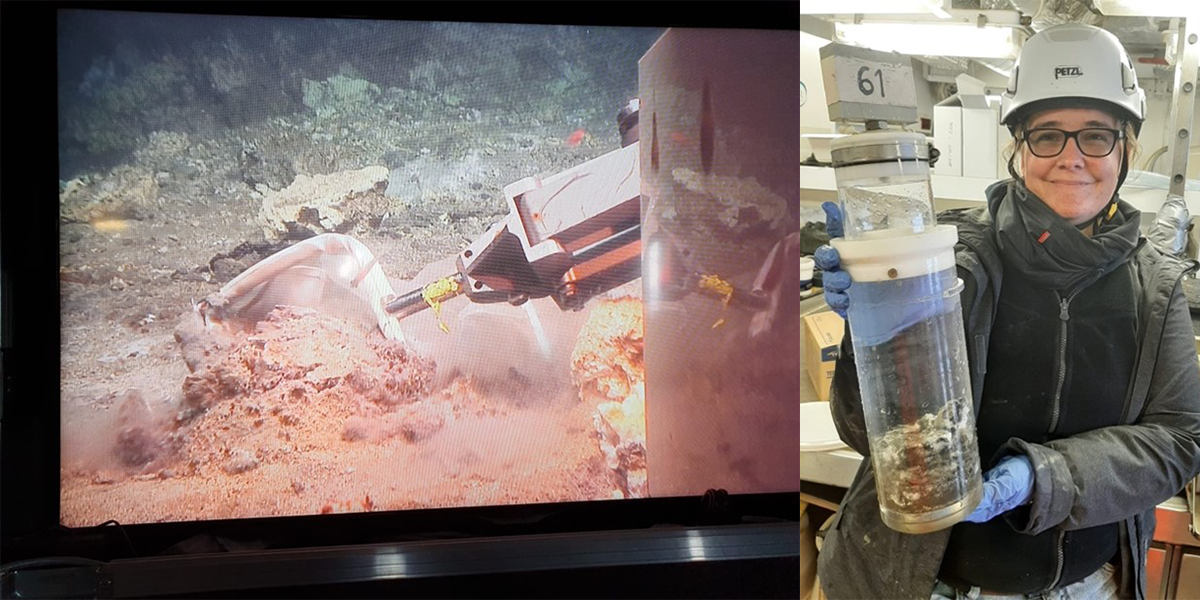
13. July 2021
Long-term monitoring of benthos in a region of rapid ocean acidification
The oceans are changing everywhere on Earth but some ocean regions are experiencing more rapid rates of change than others. Ocean acidification and warming are clearly detected through long-term monitoring of the environment in the waters north of Iceland and the rates of change are rapid. We expect that ocean acidification will have major effects on marine life in this region but we still don‘t know much about which species or species traits are most vulnerable and how these large-scale environmental changes will affect biodiversity and shape the ecosystem.
With the goal of detecting early ecosystem changes relating to the large-scale environmental changes, we at the Marine and Freshwater Research Institute in Iceland are establishing a long-term monitoring program focusing on benthic species and biodiversity. Many benthic species, such as bivalves, snails, sea-stars and urchins (to name a few) produce calcium carbonate which is considered a highly sensitive trait when it comes to ocean acidification. In fact, some calcium carbonates produced by calcifying marine species will dissolve in the marine region north of Iceland by the end of the century because of ocean acidification.
On this cruise the goal was to sample benthic fauna at two sampling sites to see if these sites are suitable locations to conduct long-term monitoring of benthic fauna. This task was completed on the 8th of July with success. A multi-corer was used to sample soft sediment at station 3 and an epibethic sledge was deployed to collect samples of fauna from two stations near the Kolbeinsey hydrothermal vent site (station 1 and 2). Although a final decisions on which sites to choose for long-term monitoring depends on further analysis of the samples collected at the MFRI laboratory, it is fair to say that the results were promising for these locations.
Written by Hronn Egilsdottir
